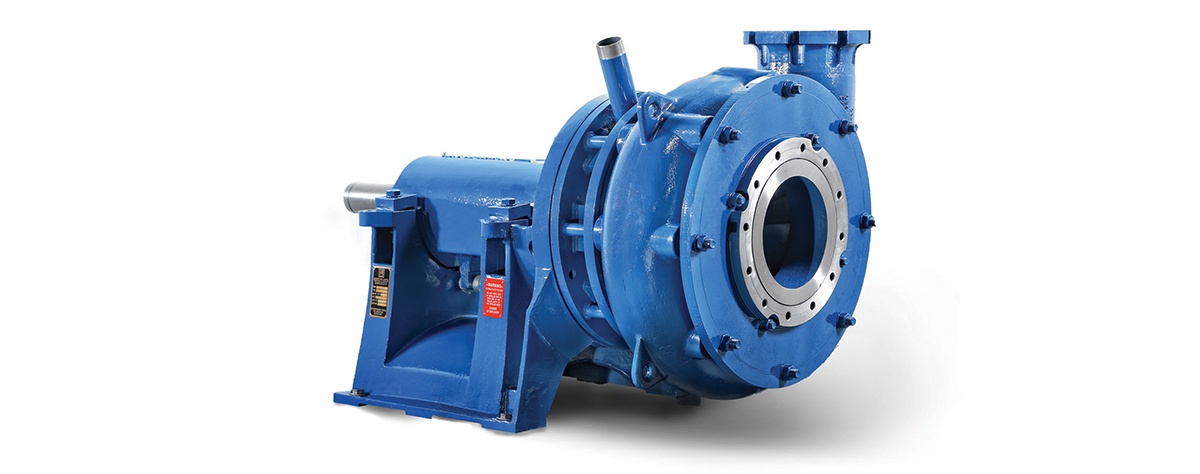
If you’re a slurry pump operator, problems like leakage, overheating, and system inefficiencies may keep you up at night. Such pumping system issues are often more complex and expensive than you might realize. In fact, over 80% of all pumping problems have to do with the system rather than with the pump itself.
Why isn’t my pump working?
When it comes to slurry pumping, most problems are related to the suction side of the system. However, a range of mechanical and operational issues may jeopardize pumping. Here are some common reasons why your slurry pump may not be operating correctly:
- Incorrect pump — If your pump experiences flange leaks, an overloaded motor, abnormal vibration, or a low flow rate, it could be due to having the wrong pump for the system.
- Poor operating conditions — Watch for an insufficient flow rate, a high bearing temperature, or abnormal vibration. These could indicate that the pump is not properly matched to the operating conditions.
- Improper installation — An improperly installed pump may contribute to a variety of issues, including high operating temperature, an overloaded motor, flange leaks, and vibration.
- Lack of maintenance — If a pump has contaminated bearings, suffers leakage, or runs at a high temperature, a lack of regular and proper maintenance could be to blame.
- Wear — Worn parts or materials are among the most common contributors to pump failure. Check for low flow rate, leakage, a high operating temperature, casing leaks, and abnormal vibration if you suspect wear might be the culprit.
- Improper operation or observation — Unless maintenance staff members carefully observe the speed and consistency of the material they are pumping, a pump can experience issues with excess discharge pressure, overheating, and vibration.

How do I fix my pump problems?
Severe consequences may arise if owners leave these pump problems unresolved. Fortunately, when it comes to fixing these common issues, you’re not alone. Here are a few tips from GIW experts:
- Check the oil. Detect and alleviate common symptoms, such as excess bearing temperature and viscous drag, by verifying the correct oil level and viscosity. High oil viscosity may build heat, especially at high speeds, which may be unsafe.
- Check for signs of wear. Although excess part wear is one of the greatest contributors to pump problems, it is also one of the easiest to detect. Check for leaks and vibrations at all sealing surfaces, piping connections, and weep or bolt holes. Replace worn parts on time to prevent pump failure before it occurs.
- Ensure the pump is operating at its best efficiency point. Pumps are seldom operated at their best efficiency point (BEP), which is the one point on the performance curve that is the optimal operating point for the pump at a given duty. If you specify the correct duty when selecting a pump, you will ensure it operates closest to its BEP.
- Check for correct part installation. This is especially important when maintaining a proper impeller nose gap clearance, stuffing box gland adjustments, and ensuring all fasteners are properly tightened per specified torque values. Make sure each part of the pump assembly is optimized for the application.
- Ensure timely and proper maintenance. Check maintenance logs and verify that any maintenance performed on the slurry pump was done correctly. Conduct tests to ensure that, if possible, the problem in question will not reoccur.
Although a variety of issues may jeopardize your slurry pumps operating correctly, you have a range of options for fixing issues when they happen or — even better — preventing them from occurring in the first place. When in doubt, call on GIW. Our service center technicians utilize analytic technologies that allow us to anticipate problems in the field before they occur so you have less down time.
